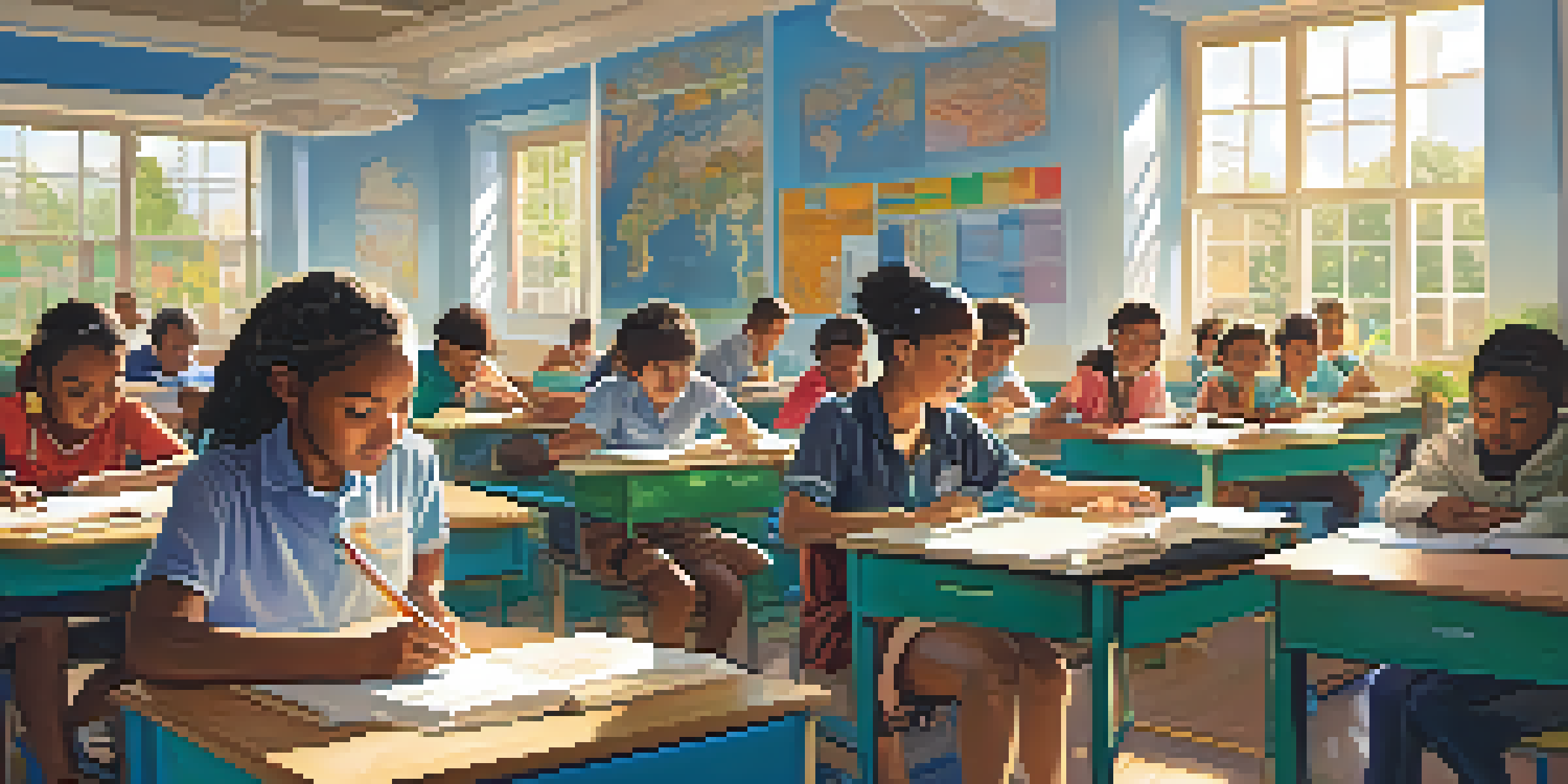Global Collaboration in Education: Sharing Best Practices

Understanding Global Collaboration in Education
Global collaboration in education refers to the partnerships and exchanges that occur between schools, educators, and students from different countries. This initiative promotes the sharing of resources, ideas, and methodologies, making education more effective and inclusive. By working together, educational institutions can tackle common challenges and enhance learning experiences across borders.
The Importance of Sharing Best Practices
Sharing best practices allows educators to learn from one another, ultimately improving teaching methods and student outcomes. For instance, a school in Finland might share its innovative approaches to personalized learning with institutions in the U.S. This exchange not only enriches local curriculums but also fosters a culture of continuous improvement and adaptation in teaching.
Global Collaboration Enhances Learning
Partnerships between educators and students across borders promote resource sharing and improve educational effectiveness.
Technological Tools Facilitating Collaboration
In today's digital age, technology plays a crucial role in facilitating global collaboration in education. Tools such as video conferencing, collaborative online platforms, and social media enable educators to connect and share ideas in real-time, regardless of geographical barriers. These technologies create opportunities for virtual classrooms and international projects that enhance cultural understanding.
Case Studies: Successful Collaborations
Several successful examples of global educational collaboration exist, illustrating the potential impact of shared best practices. For instance, the Global Read Aloud project connects classrooms worldwide through shared reading experiences, fostering a sense of community among students. These initiatives not only enhance literacy skills but also promote intercultural dialogue.
Technology Bridges Educational Gaps
Digital tools enable real-time connections and collaborative projects, fostering cultural understanding among students.
Challenges of Global Educational Collaboration
Despite its benefits, global collaboration in education faces several challenges. Differences in educational systems, languages, and cultural contexts can create barriers to effective communication and understanding. Additionally, resource disparities may hinder some institutions from fully participating in collaborative efforts, limiting the potential for widespread benefits.
The Role of Policy in Promoting Collaboration
Educational policies at both national and international levels play a significant role in fostering global collaboration. Governments and educational organizations can create frameworks that encourage partnerships and resource-sharing among institutions. By prioritizing policies that support international exchanges and collaborative programs, they can help create a more interconnected educational landscape.
Policies Drive Collaborative Efforts
Supportive educational policies are crucial in establishing frameworks that encourage global partnerships and resource sharing.
Future Trends in Global Educational Collaboration
As we look to the future, the trend of global collaboration in education is likely to grow. With advancements in technology and a greater emphasis on global citizenship, more schools will seek international partnerships. This evolution will not only enhance educational practices but also prepare students to thrive in an increasingly interconnected world.
Conclusion: The Path Forward
In conclusion, global collaboration in education is essential for sharing best practices that lead to improved learning outcomes. By embracing the opportunities presented by technology and fostering supportive policies, educational institutions can work together to overcome challenges. The future of education depends on our ability to learn from one another and build a more inclusive and effective global educational community.